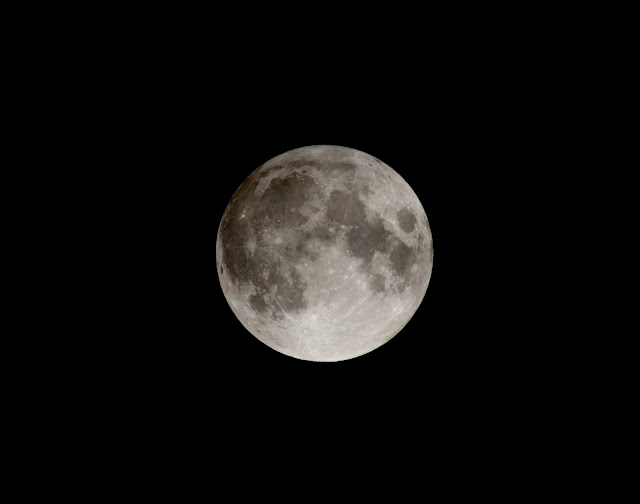Hey, Space Placers!

Jupiter and Mercury in the western twilight are 23° apart, about two fists at arm's length. They'll remain at nearly this separation for the rest of the week.
This scene is drawn for a skywatcher at latitude 40° north. Seen from farther south than there, Mercury will be more nearly under Jupiter. North of there, Mercury will be farther to the right. Since we're looking due west, the difference in the two planets' tilt from what's shown here will match your difference in latitude from 40°.
Credit: Sky&Telescope.org
WOW OH WOW!!!!!!!! WHAT A CELESTIAL LINEUP TONIGHT!!!!
As you can see start with looking for Mercury tonight 30 minutes after sunset in the West. Binoculars will help and it will be fairly bright.
Mercury at Sunset
Credit: Greg Redfern
Then after midnight get ready for the penumbral lunar eclipse of the Full Worm Moon.
Ghostly Penumbra Shadow at 10 o'clock Position on the Full Moon
Credit: Greg Redfern
And head outside after it is dark as we MAY have Aurora visible in the U.S. and elsewhere due to ongoing Geomagnetic storms. Your best bet is to monitor the NOAA https://www.swpc.noaa.gov/ and space related social media sites https://twitter.com/TamithaSkov, EarthSky.org , space.com for updates.
The current forecast shows the Aurora will be visible to northern states. It will be worth taking a look to the North from a dark sky site with a clear horizon. You might be able to detect some color in the sky if Aurora are present but they would likely be low on the Northern horizon. Wide field binoculars will help your search.
Use a camera or smartphone that can take exposures of several seconds - including using “Night Sky” or “Low Light” settings if your camera has them - of the Northern horizon. Steady the camera or use a tripod for best image results. The camera may capture Aurora that your eyes did not https://www.space.com/how-to-photograph-the-aurora .
2003 Aurora in Virginia
Credit: Greg Redfern
Clear skies and enjoy this celestial trifecta!
Sky Guy in VA



No comments:
Post a Comment